An indispensable part of modern digital infrastructure, Content Delivery Networks are constantly evolving. You will be surprised to know that the global CDN market is projected to grow from US $21.7 billion in 2023 to US $36.5 billion in 2030.
CDNs or Content Delivery Networks as we all know aids in optimizing content delivery, improve overall performance, reduce latency and enhance user experience. With the constant evolution of technology, the future of CDNs is poised for significant growth and innovation.
In this blog we are going to get a bird’s eye view of how the future of content delivery networks look like with integration of new technologies like edge computing, AI, blockchain, Serverless CDN and 5G.
Key Trends Molding the Future of Content Delivery Networks:
1. Edge Computing Integration
In the context of the future of Content Delivery Networks, edge computing—a concept that moves computer power closer to the end user—is gaining traction. So simply put, it processes data close to the data source at the network’s edge rather than depending on a centralized cloud-based system. Because of this close proximity to end users, latency is greatly reduced, leading to faster data processing.
Reducing latency is just one advantage of combining edge computing with next-generation CDNs. The less data that needs to be transferred back and forth between the server and the user, the closer the processing of the data is to the source. This results in less bandwidth usage and faster content delivery, making the process of delivering material more effective and economical.
However, it should be noted that in integrating edge computing with CDNs, a few challenges may arise. These include the management of edge servers, network security, and data privacy. nevertheless, these challenges entail possible solution as well which include using advanced security protocols, incorporating encryption mechanisms, and employing automated management systems for edge devices.
Muvi, a leading product based streaming SaaS company, powered by Amazon AWS has leveraged edge computing to deliver content more efficiently and securely. With its globally distributed servers, Muvi ensures that content is always optimized, available, and secure.
2. AI Powered CDNs
AI and ML are being integrated into CDNs to optimize content delivery, predict traffic patterns, and detect anomalies. These technologies can improve content routing, caching strategies, and security measures.
Intelligent Content Routing
AI can be used to oversee traffic patterns and user behavior. So using AI, CDNs can route content optimal data centers for latency free delivery. Also ML algorithms can analyze network conditions and make real-time decisions to optimize content delivery paths.
Dynamic Caching
AI-driven dynamic caching refers to a process where artificial intelligence is used to optimize data storage and retrieval practices in real-time. In traditional caching, frequently accessed data is stored in a cache to speed up retrieval times and reduce load on the primary data source.
As opposed to this, dynamic caching, adjusts the caching strategy in real-time based on current conditions and usage patterns. It can adapt to changes in data access patterns, user behavior, and system performance.
When AI is used to drive dynamic caching, it leverages machine learning models and algorithms to predict data access strategies. It continuously analyzes various factors such as historical access patterns, current workload, and user behavior to significantly reducing latency and improving response times.
Anomaly Detection and Security
AI-powered Content Delivery Networks (CDNs) is also responsible for anomaly detection and security. through advanced techniques like traffic pattern analysis, behavioral analytics, classification, clustering and adaptive learning.
AI can identify sudden and unusual traffic surges or drops by establishing a baseline of normal traffic patterns. AI powered Content Delivery Networks can also analyze user behavior to detect anomalies, such as sudden changes in access patterns or unusual browsing sequences. AI also can classify traffic and understand and identify certain patterns associated which are usually associated with anomalies, such as DDoS attacks or bot activity. Just as these networks use sophisticated AI to ensure security, platforms like Studybay, according to reviews, use similar technologies to provide a legit platform for academic assistance, ensuring both quality and integrity in their services.
So overall, AI-driven CDNs provide robust security as they are more adaptive, and responsive against a wide range of threats and anomalies.
3. Blockchain in CDN
Blockchain technology as we all know is a decentralized, ledger that stores and shares data in a chain of blocks and can be considered as a very secure, and transparent digital ledger. When blockchain technology is coupled with to CDN it can bring about several security based innovations and enhancements.
Enhanced Security
Blockchain is an immutable digital ledger so any records of data exchanges and transactions are permanent. Owing to its transparent tech, security is enhanced through its tamper-proof history of content delivery and access. So in this way blockchain facilitates in reducing the risk of credential theft and unauthorized access.
Peer to Peer Content Sharing
A more distributed CDN architecture can be ensured by utilizing the decentralized nature of Blockchain technology. This decentralization can ensure content be shared directly between users in a peer-to-peer network, which in turn reduces load on central servers and helps oust redundancy and resilience. To dive deeper into blockchain’s role in enhancing CDN security, content sharing, and smart contracts, enrolling in the best MOOC on blockchain technology can provide you with the in-depth knowledge and practical insights needed.
Smart Contracts
Smart contracts on a blockchain can automate various aspects of content delivery, such as payment processing, content access control, and service agreements. Smart contracts also aid in optimizing content delivery and reducing costs by managing resources dynamically based on demand and supply.
4. 5G and CDN
As consumers are constantly seeking content on the go, the need for faster and a more efficient system of content delivery has now taken center stage. In this regard, 5G known for its high speed and low latency functionality holds a significant potential for optimizing CDN performance. Here’s a detailed look at how 5G can enhance CDNs and the benefits it brings.
Low Latency and Speed
5G networks offer 1 millisecond latency compared to the 20-30 milliseconds latency typical of 4G networks. 1 millisecond latency is almost near-instantaneous content delivery. This enables quicker loading times especially for heavy HD video, real-time apps, and content-heavy files.
Enhanced Scalability
5G provides significantly more bandwidth compared to previous generations, allowing CDNs to handle a larger volume of concurrent users based on sudden traffic spikes and high-demand content without downscaling of performance.
Network Slicing
By virtue of network slicing which technically means creating multiple virtual networks on top of a shared physical network, 5G allows operators to create those networks. Using this functionality, CDNs can leverage network slicing to provide customized, optimized content delivery experiences tailored to specific use cases, such as gaming, streaming, or enterprise applications.
Read More: How 5G will Affect the Video Streaming Industry
5. Serverless CDN
The future of content delivery is being profoundly shaped by the rise of serverless architectures, and serverless Content Delivery Networks (CDNs) are poised to play a pivotal role in this transformation. As we move forward, serverless CDNs offer several key advantages that will redefine how content is distributed and managed across the globe. Here’s a look at the role of serverless CDNs in shaping the future of content delivery:
Scalable Content Delivery
With serverless CDNs, content delivery becomes more dynamic and scalable. These CDNs utilize serverless functions to handle tasks such as content customization, real-time data processing, and traffic management at the edge making on-the-fly adjustments to content strategies which ensures seamless scaling with zero downtime.
Simplified Infrastructure
Serverless CDNs eliminate the need for traditional server management by abstracting infrastructure concerns away from the user. This simplification allows organizations to focus on developing and delivering content rather than maintaining and scaling server infrastructure.
Tailored Content Delivery
Serverless CDNs provide the flexibility to deploy custom logic and functions at the edge. This means that businesses can implement personalized content delivery, dynamic caching policies, and real-time data processing based on user behavior and preferences.
Wrapping Up,
Evolving technological advancements in CDN architecture have paved the way for faster and more secure content delivery. Artificial intelligence and machine learning are set to revolutionize CDN operations, enhancing capabilities in real-time analytics, dynamic caching, and personalized content delivery. These technologies will enable CDNs to better predict and respond to user behavior, optimize performance, and ensure security.
Powered by Amazon AWS, Streaming SaaS organizations like Muvi are experimenting with new CDN architectures to deliver dynamic, low latency, tailored content more efficiently. Muvi has displayed significant improvements in content delivery performance, scalability, and cost-efficiency, validating technological advancements in CDN architectures.
Take a 14-Day Free Trial to get a better understanding!
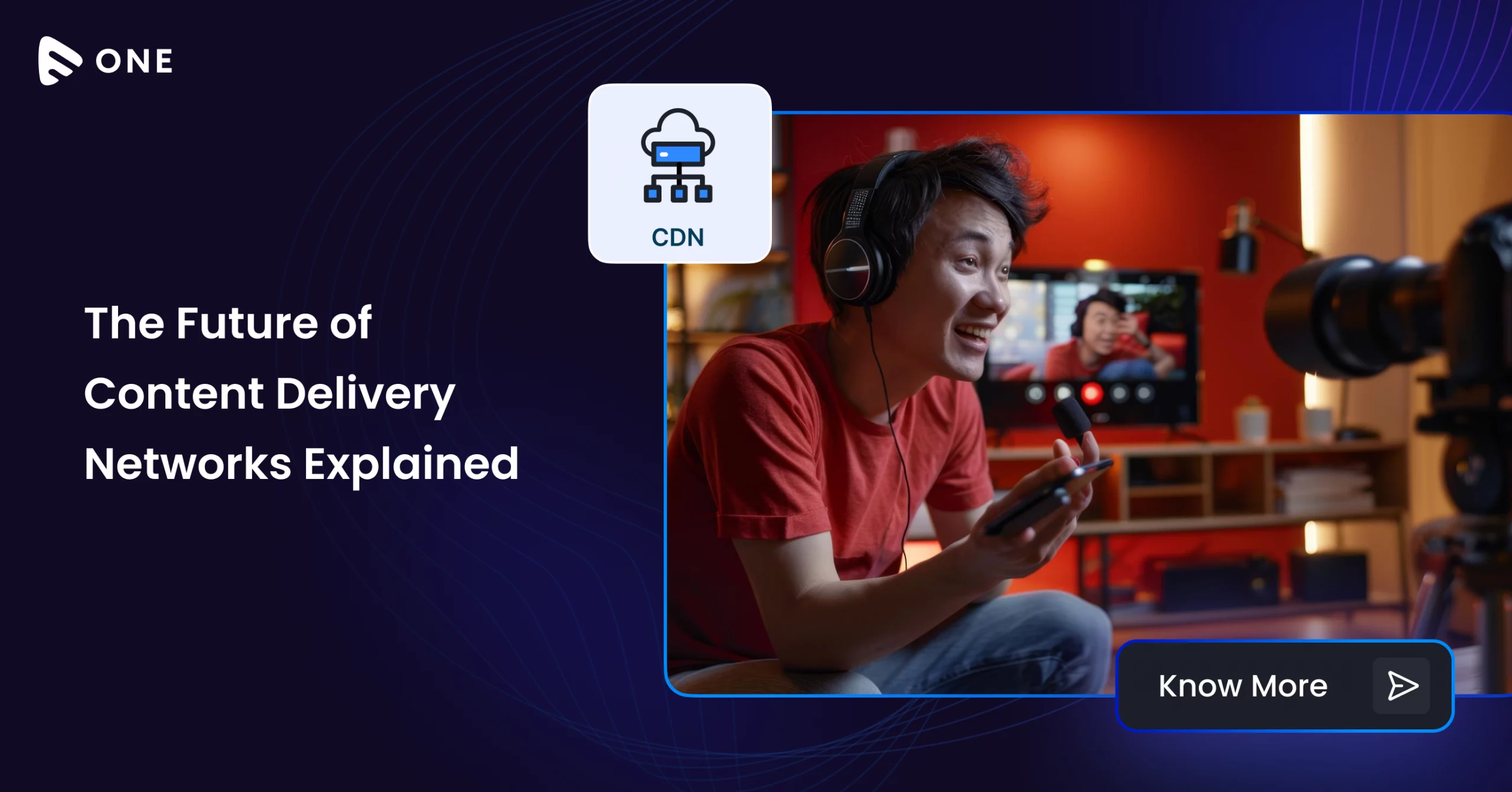



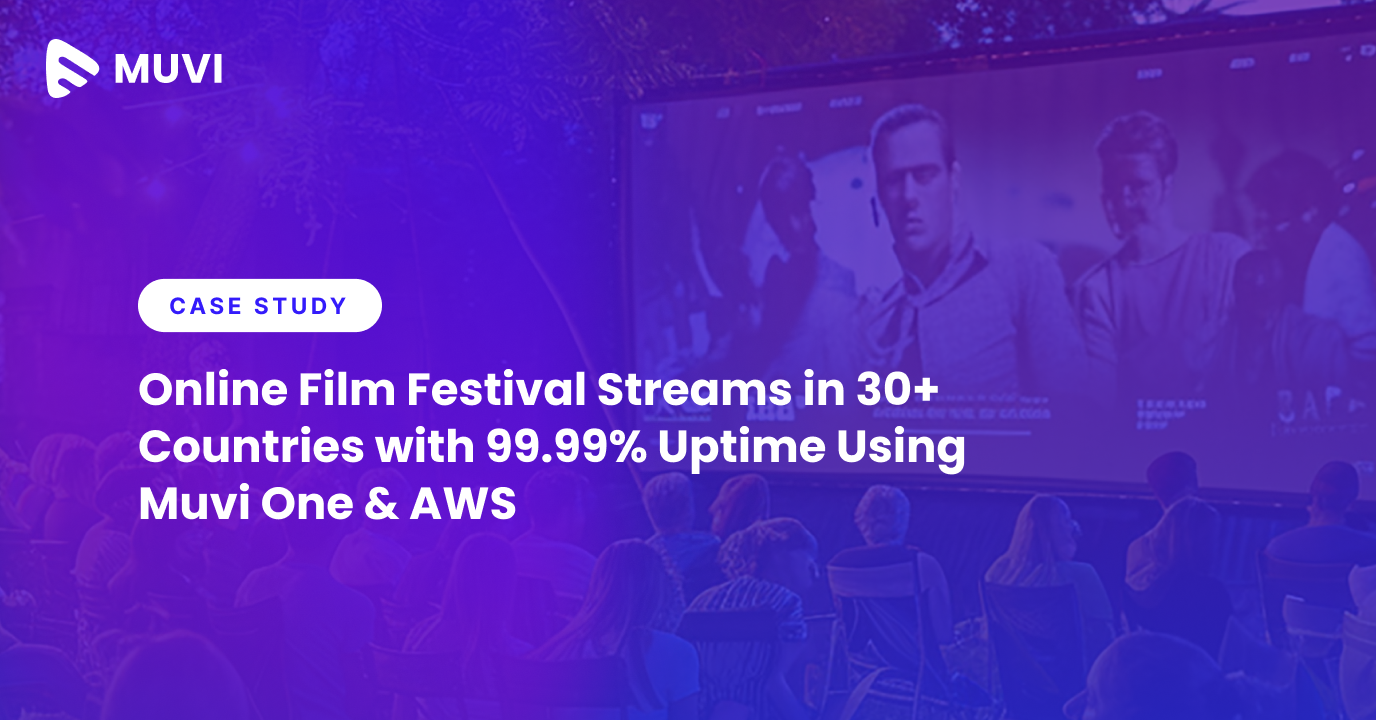




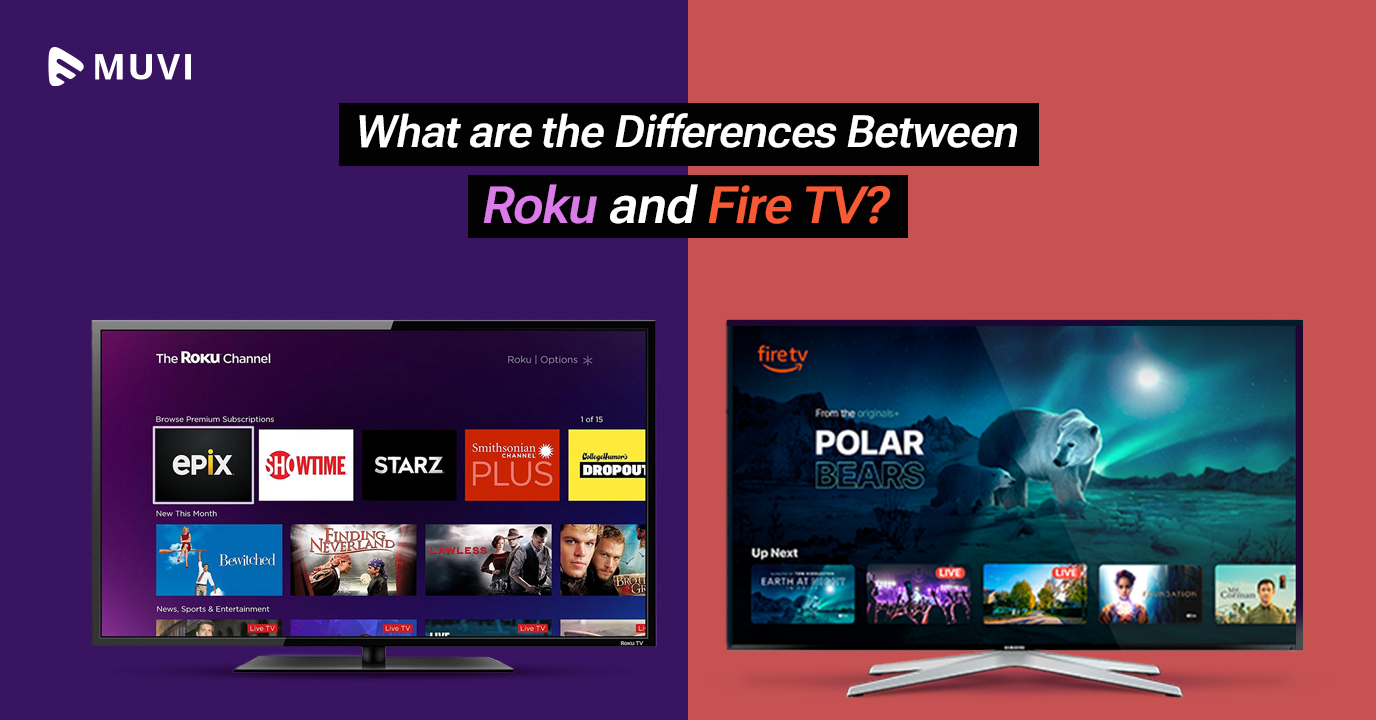
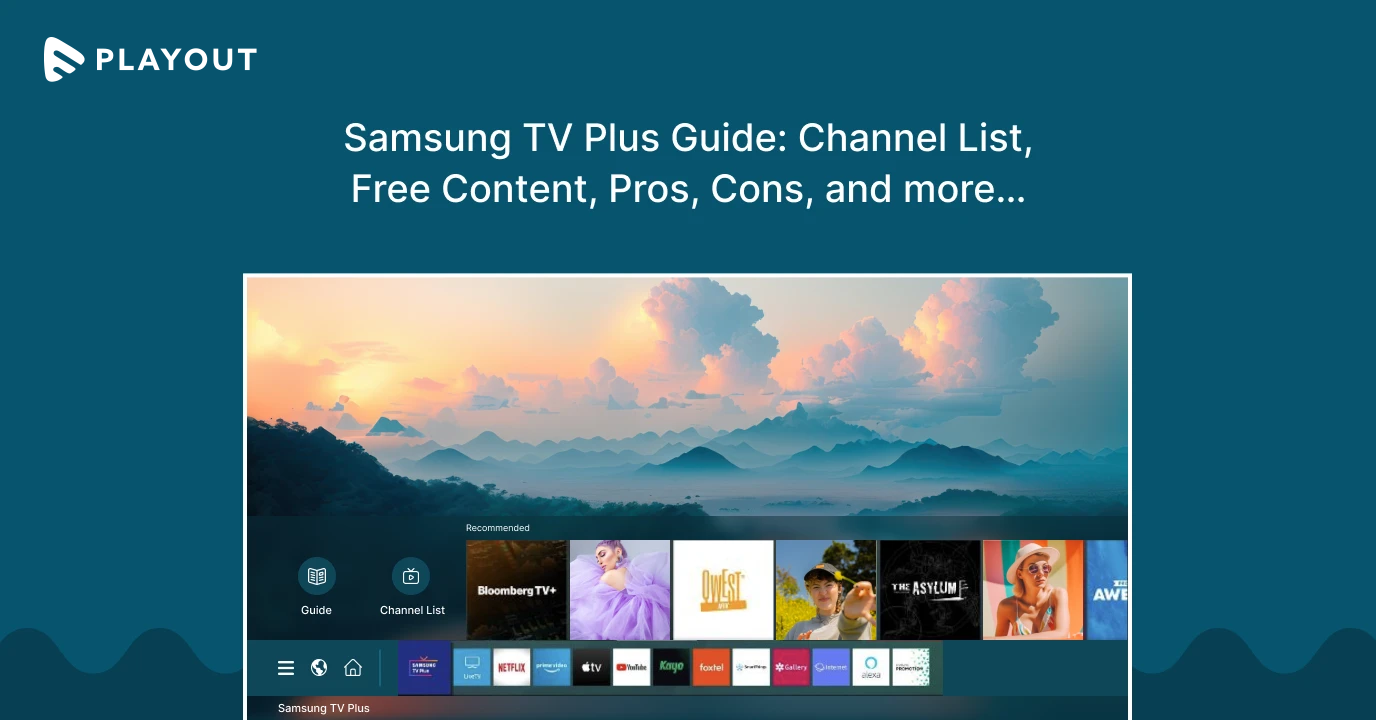
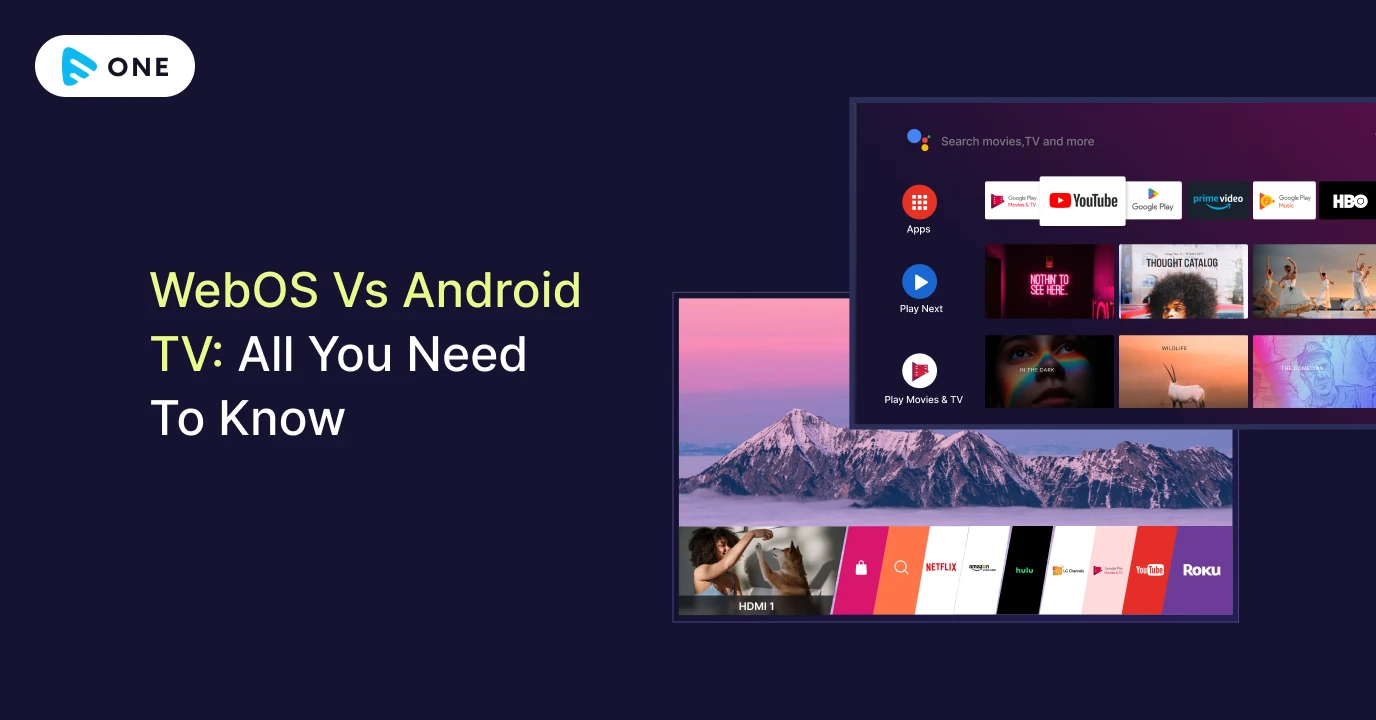



Add your comment